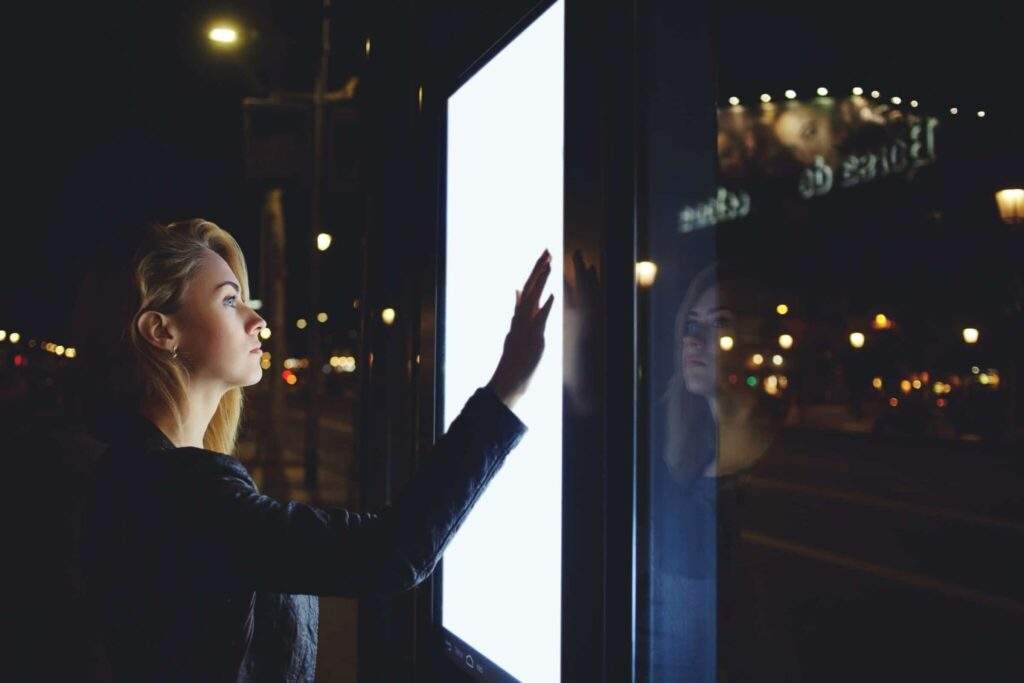Explaining the Key Points of the 2020 Amendment to the Japanese Copyright Law: To What Extent is 'Inclusion in the Frame' Permitted?

On June 5, 2020, the revised Japanese Copyright Law was enacted.
While the purpose of this revision includes “strengthening measures against online piracy” and “measures to ensure appropriate protection of copyrights”,
Here, we will explain about the “expansion of the scope of rights restriction provisions related to reflections”, which is one of the “smooth use of copyrighted works in response to social changes”, which is thought to be of particular interest.
Regulations on Rights Restrictions Related to Incidental Inclusion
For instance, when creating or using copyrighted works, it is common to inadvertently capture copyrighted personalitys in photos or videos taken on the street, or to record music. Avoiding such occurrences in daily life is extremely difficult.

Furthermore, it is also common to upload such photos or videos to social networking sites or video sharing platforms.
These actions could potentially infringe on the rights of others by reproducing their copyrighted works without permission and distributing them via the internet or other means.
However, if even incidental inclusion, which is a use that arises in conjunction with actions not intended to use the copyrighted work and causes little or no disadvantage to the rights holder, is considered copyright infringement, it could significantly restrict expressive activities and hinder the development of culture, which is the original purpose of copyright law.
2012 Amendment to the Copyright Law and Incidental Inclusion

Therefore, considering the difficulty of separating the subject of photography or other methods from the copyrighted work (photographs and other works) when creating it,
- It was clarified in the 2012 amendment to the Copyright Law (Japanese Copyright Law Article 32, Paragraph 1) that it is not an infringement to reproduce or adapt other copyrighted works (incidentally included works) that were included in the creation of the work.
- And, it is not an infringement to use the reproduced or adapted incidental works in conjunction with the use of the photograph or other work (Paragraph 2).
The above two provisions were clarified in the 2012 amendment to the Copyright Law.
Here, “difficult to separate” means that it is objectively recognized as socially difficult to create a work (photographs and other works) without including other works (incidentally included works) in light of the circumstances at the time of creation.
As for the “incidentally included works”, it is conceivable that they can be removed by image processing etc. after shooting, but since the second paragraph of this article does not require “difficulty in separation” in the text, even if it is possible to separate the “incidentally included works” from the “photographs and other works”, they could be used without the permission of the copyright holder.
This is the regulation on the restriction of rights related to “incidental inclusion”, which was first stipulated in the 2012 amendment to the Copyright Law, and is the use of “incidentally included works” in Article 30-2 of the Copyright Law before this amendment.
In this 2012 amendment, the range of uses considered legal was limited, such as only targeting cases where other people’s works were included in the creation of works by methods such as photography, recording or video recording.

However, with the rapid spread of smartphones and tablets, and the development of video posting and distribution platforms, there has been a growing demand for an expansion of the scope of regulations on rights restrictions related to incidental inclusion to respond to changes in social conditions.
Amendments Regarding Reflections
The main points of the 2020 (Gregorian calendar year) amendments to the Japanese Copyright Law regarding reflections are as follows:
- The scope of actions considered legal is expanded.
- The range of copyrighted works (incidental subject works) that can be legally used is expanded.
- In return, their use is limited to “within a reasonable range”.
Scope of Actions
Regarding the scope of actions in point 1, under the pre-amendment Japanese Copyright Law Article 30-2, it was limited to “photographing, recording or filming”, and it was necessary to be an act of “creating a work”, within the scope of reproduction.
After the amendment, it became an act of “reproducing images or sounds of things, or transmitting them without reproduction” (reproduction transmission act), and it is no longer necessary to be a creative act. It can now be used regardless of the method, including public transmission, performance, and staging.
With the expansion of the scope of actions, not only photographing, recording, and filming, but also all reproduction transmission acts are applicable. This includes actions such as live streaming using drones, screenshots on smartphones, copy & paste, copying, and CG conversion.
Also, the limitation that other works are reflected when creating new works has been removed. Therefore, even for things that are not considered creative, such as filming with a fixed camera or live streaming, Article 30-2 of the Japanese Copyright Law is applied without limit.
Scope of Incidental Subject Works
Regarding the scope of incidental subject works in point 2, under the pre-amendment Japanese Copyright Law Article 30-2, it was limited to cases where it was difficult to separate, and unless other works were incidentally reflected because it was “difficult to separate from the object or sound of the photograph”, it could not be restricted by rights, in other words, it would be considered copyright infringement.
This requirement of difficulty in separation, as already mentioned, was interpreted to mean “not physically difficult to separate, but socially and objectively difficult to create without the work”, and there were many cases where the conclusion was divided by this requirement.
However, with the amendment, if it is “within a reasonable range”, it can be used. Therefore, the requirement of “difficulty in separating the main subject and the incidental work” under the pre-amendment Japanese Copyright Law Article 30-2 is no longer necessary, and whether it is difficult to separate is considered in the judgment of whether it is “within a reasonable range”.

For example, a stuffed animal held by a child also falls “within a reasonable range”, so reflections accompanying actions commonly performed in daily life are widely recognized.
It was not clear how to handle things or sounds that constitute part of the subject, but with the amendment, it was clearly stated that these can also be included in “non-incidental subject works”.
Within a Reasonable Range
Regarding point 3, “within a reasonable range”, there was no provision in the text of the law until now, but with the amendment, it was clearly stated that the use of “reflections” is limited to use “within a reasonable range”.
By eliminating the requirement of difficulty in separation, the range of “reflections” that can be judged not to constitute copyright infringement has expanded. However, if this results in unjust harm to the interests of the copyright holder, it would deviate from the justification for legitimizing reflections.

Therefore, “the presence or absence of a purpose to gain profit, the degree of difficulty in separating the incidental subject matter, etc. from the reproduction transmission subject matter, etc., the role played by the incidental subject work in the created transmitted material” are shown as considerations in judging whether it is “within a reasonable range”.
After the amendment, it will be judged flexibly according to individual cases under the requirement of “within a reasonable range”. However, to summarize these again, Article 30-2 of the Japanese Copyright Law (use of incidental subject works) is:
- When performing a “reproduction transmission act”
- The copyrighted work related to the object or sound that becomes the subject along with the object or sound
- If the copyrighted work becomes a minor component
- Within a reasonable range
- It can be used in any way along with the reproduction transmission act.
- However, this does not apply if it unjustly harms the interests of the copyright holder.
These are the main points.
Summary
In the 2020 amendment to the Japanese Copyright Law, the “incidental inclusion” of copyrighted material that can commonly occur in everyday life has been widely accepted.
However, there is a limitation that this must be within a “reasonable range”.
Determining whether or not there is a copyright infringement requires a high level of specialized legal knowledge.
We highly recommend consulting with an experienced attorney.
Category: Internet





















